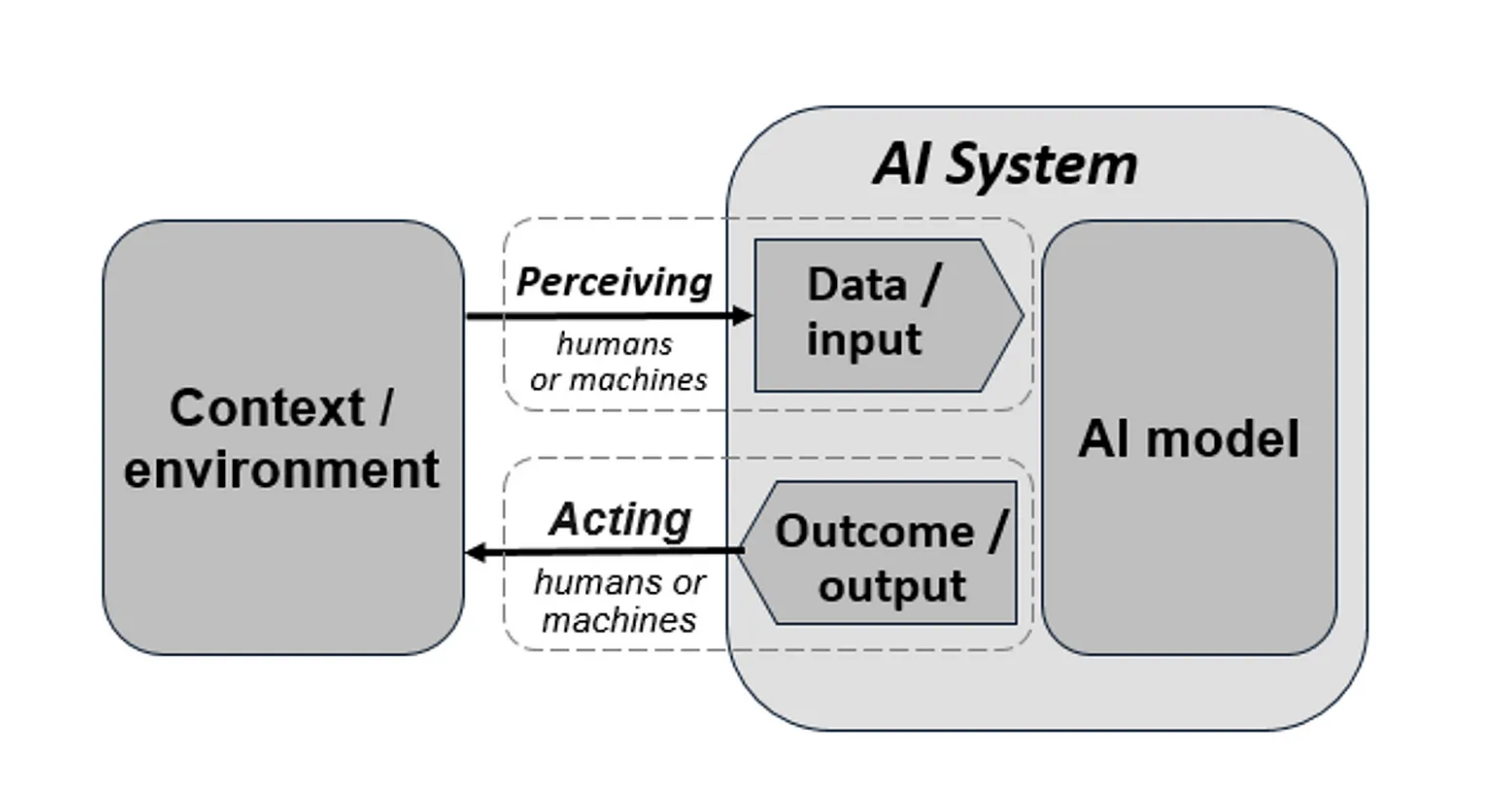The use of Packaged Digital Capabilities (PDC) is fundamental for integrating Artificial Intelligence (AI) into a Digital Twin, acting as modular and configurable building blocks that simplify this process. By incorporating AI through PDC, Digital Twins, which are digital replicas of physical systems, are enriched with advanced analysis and prediction capabilities. These PDCs can include machine learning algorithms, data processing tools, and connectivity technologies, allowing the Digital Twin to not only reflect the current state of its physical counterpart but also predict future behaviors and optimize processes in real-time.
Table of contents
Open Table of contents
Context
Generally, Packaged Digital Capabilities (PDCs) consist of software components that provide specific digital capabilities, such as data processing, analytics, user interfaces, etc. They can be integrated with other systems and technologies and are usually modular, allowing greater flexibility in deployment and scaling. This modularity means that PDCs can be customized and combined according to the specific needs of the system that integrates them.
PDCs, being modular, benefit from the nature of containers technologies (for example Docker), which allow scaling and managing each component independently. This facilitates the deployment of PDCs in production environments, as each container can be managed, updated, and scaled as needed.
By adopting design patterns in the creation of PDCs, they offer a framework for structuring and organizing these components in a way that promotes reusability, scalability, and maintainability.
PDCs act as facilitators for incorporating AI capabilities into Digital Twins. They allow the Digital Twin to process and analyze data intelligently, inferring insights that can be applied to achieve specific goals and adapting to new situations, reflecting the definition of an AI system.
An AI system is a machine-based system that, for explicit or implicit objectives, infers, from the input it receives, how to generate outputs such as predictions, content, recommendations, or decisions that can influence physical or virtual environments. Different AI systems vary in their levels of autonomy and adaptiveness after deployment.

Source: OECD.AI
AI PCDs in a Digital Twin
The integration of an Artificial Intelligence (AI) application in a Digital Twin involves the effective incorporation of AI models within the Digital Twin architecture. This includes ensuring smooth communication between the model and the digital twin, allowing the data and insights generated by the AI to be used to improve the representation and functionality of the Digital Twin. In this context, dividing an AI model into Packaged Digital Capabilities is essential for several reasons.
This division allows for greater modularity. By breaking down the AI model into smaller, more manageable components, it facilitates the integration of these components into different parts of the Digital Twin architecture. This is particularly useful in complex systems where different aspects of the Digital Twin may require different types of AI analysis.
It enhances scalability and maintainability. AI models can be complex and challenging to manage as a whole. By dividing them into smaller digital capabilities, the process of updating and maintaining becomes simpler, as changes can be made to specific parts of the model without needing to overhaul the entire system.
In terms of implementation, using illustrative examples in pseudocode is an effective strategy to ensure that the final integration can be adapted to the most appropriate programming language. For example, if a digital capability is designed for predictive analysis, the pseudocode could illustrate how this capability is integrated into the Digital Twin’s data flow to perform real-time predictions.
Data Collection
The physical counterpart would include advanced sensors and IoT systems to gather real-time data from the physical environment. This involves integrating these technologies into a module, ensuring seamless data collection and transmission. The responsibility extends to maintaining the integrity and security of the data collected, while optimizing the performance of these sensors and IoT systems within the module’s architecture.
sensorData = []
while true do
data = readSensors()
sensorData.append(data)
if data.length == MAX_BUFFER_SIZE then
sendDataToCloud(sensorData)
sensorData = []
endif
wait(SAMPLE_RATE)
endwhileData/Input (Data Management)
The digital capabilities here would involve data storage and management solutions, as well as platforms that enable integration and efficient data flow.
processedData = []
for data in sensorData do
features = extractFeatures(data)
processedData.append(features)
endfor
sendProcessedDataToModel(processedData)
...
database = connectToDatabase(DATABASE_URL)
for data in sensorData do
record = createDataRecord(data)
database.store(record)
endforAI Model (Modeling and Simulation):
Implementation of AI models that can learn from data, predict future behaviors, and optimize processes. Predictive or prescriptive models can be created to simulate different scenarios and system responses.
trainAIModel(trainingData)
for newData in incomingData do
prediction = aiModel.predict(newData)
simulationResults = simulate(prediction)
if simulationResults.indicateIssue() then
sendSystemResponse(simulationResults)
endif
endforOutcome/Output (Interpreting AI Results)
The digital capabilities would be designed to handle the production of outputs from Artificial model, which may include predictions, recommendations, or decisions. One of the critical aspects of this module is its advanced data visualization and interactive user interfaces. These digital capabilities are essential as they enable users to interpret and act upon the AI outputs effectively. The module not only processes the AI results but also presents them in a user-friendly manner, ensuring that the insights derived are accessible and actionable.
for modelOutput in aiModelOutputs do
interpretation = interpretOutput(modelOutput)
displayOnVisualizationService(interpretation)
if interpretation.requiresAction() then
takeAction(interpretation)
endif
endforActing (Automation and Control)
The execution can be performed by either humans or machines. In the context of a Digital Twin, this could entail automating processes using robots or control systems that operate based on AI recommendations. This integration represents a crucial element in modern systems engineering, where the synergy between artificial intelligence and mechanical components is essential for optimizing performance and efficiency. The module’s role is to seamlessly bridge the gap between digital recommendations and physical actions, ensuring that the AI’s insights are translated into tangible, effective outcomes
for action in recommendedActions do
if action.isAutomatable() then
machine = selectMachineForAction(action)
machine.performAction(action)
else
assignTaskToEmployee(action)
endif
endfor